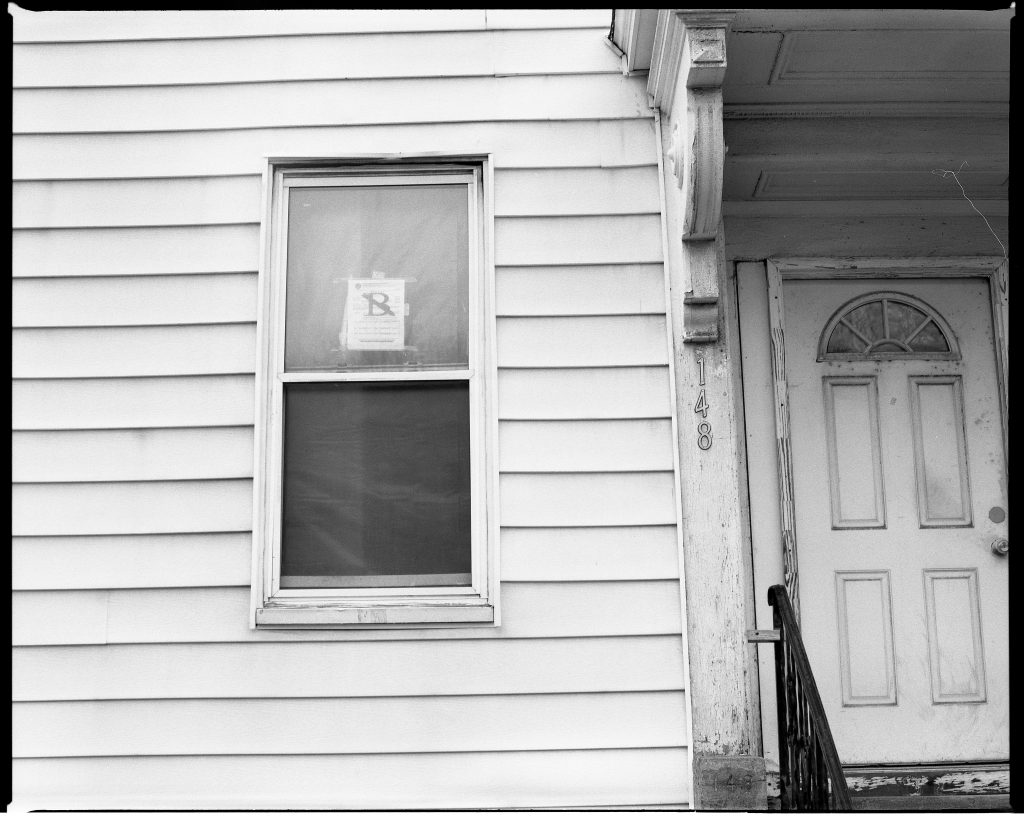No-Fault Evictions: Three Things to Know

No-fault evictions are the process used to evict tenants at will, where the landlord or tenant has the option of ending the tenancy at any time, with proper notice. Here, I’ll discuss three things to know about no-fault evictions.
No-Fault Evictions Are Often Required for Evicting Tenants Who Continue To Pay Rent Past Their Original Lease Term
No-fault evictions typically arise in one of two scenarios.
The first is for cases when the landlord and tenant orginally entered into a tenancy at will. In such an arrangement, either the landlord or the tenant has the option of ending the tenancy with proper notice to the other party. In Massachusetts, nearly all tenancies at will are month-to-month. This, however, is not required: landlords and tenants can agree to a tenancy at will for a different term, such as every two months.
The other common scenario for no-fault evictions is tenants who continue to rent past their original lease term. For example, Terry Tenant has a one-year lease with Larry Landlord from July 1, 2020, through June 30, 2021, with rent due on the first of the month. What happens if Terry pays, and Larry accepts, rent for July 2021? Terry and Larry now have a tenancy at will.
If Larry wishes to evict Terry, he will need to file a no-fault eviction (assuming Terry is current on his rent and has not violated any prior lease terms).
A Landlord Does Not Need A Reason to Pursue a No-Fault Eviction, but May Not Discriminate or Retaliate Against a Tenant
As the name suggests, these eviction cases do not require a landlord to have a reason for evicting a tenant. Instead, a landlord needs to simply provide adequate notice to a tenant through a valid notice to quit.
It is, however, a mistake to believe that a landlord has unfettered discretion in filing an eviction case. Massachusetts law expressly prohibits discrimination and retaliation against tenants. Both are valid defenses in eviction cases.
Notices to Quit for No-Fault Evictions Must Be Properly Drafted
Arguably the biggest mistake made with no-fault evictions is the preparation of the notice to quit. While such notices are commonly referred to as “thirty-day notices”, thirty days is the minimum amount of time required. The required notice is the greater of thirty days or one full rental period.
In addition, there are other nuances and requirements for these notices that a landlord must pay special attention to. For this reason, extra care should be taken in this first critical part of the eviction process.
Final Thoughts
If you assistance with a landlord-tenant matter, contact me for a consultation.
